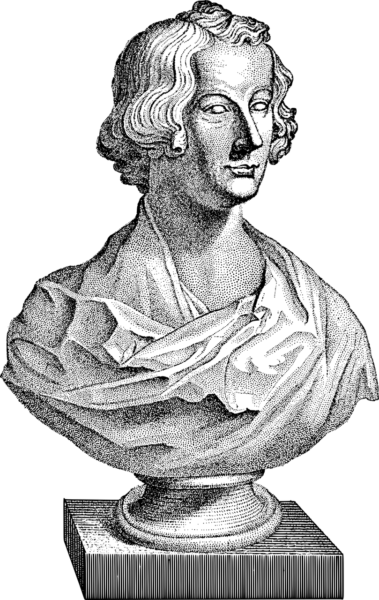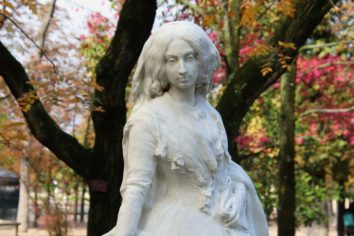Edgar Allan Poes The Raven: A Dark Literary Masterpiece

Introduction:
Edgar Allan Poe’s “The Raven” is a chilling and haunting narrative poem that has captivated readers since its first publication in 1845. This work of gothic fiction explores themes of grief, madness, and the supernatural, making it a must-read for anyone interested in the dark and macabre. In this article, we will delve into the significance of “The Raven” and its enduring legacy, discussing its historical context, thematic elements, and its impact on literature and popular culture.
Historical Background:

“The Raven” was written during a tumultuous period in Poe’s life. He was grappling with personal hardships, including the death of his beloved wife, Virginia, which greatly influenced his writing. Published in the New York Evening Mirror, the poem quickly gained popularity and became one of Poe’s most acclaimed works. Its dark and menacing atmosphere, combined with Poe’s lyrical and melodic language, struck a chord with readers and solidified his reputation as a master of the macabre.
Structure and Themes:
“The Raven” is structured as a dialogue between a grieving narrator and a talking raven, symbolizing the narrator’s descent into madness. The repetitive and rhythmic nature of the poem, combined with its distinctive trochaic octameter meter, creates a haunting and mesmerizing effect. The raven’s ominous presence serves as a reminder of the narrator’s grief and his inability to escape the memories of his lost love.
The poem explores themes of death, mourning, and the passage of time. The narrator’s interactions with the raven reflect his desperation to find solace and meaning in his sorrow. The raven’s repeated response, “nevermore,” serves as a powerful reminder of the inevitable nature of death and the futility of the narrator’s search for answers. This theme of eternal mourning resonates with readers, as many can relate to the enduring pain of loss.
Legacy and Cultural Impact:
“The Raven” has had a profound impact on literature and popular culture. Its dark and brooding atmosphere, coupled with Poe’s lyrical and evocative language, has inspired countless writers and artists. The poem’s popularity led to numerous adaptations, including theatrical performances, films, and musical compositions. Its enduring legacy can be seen in popular culture references like “Quoth the Raven, ‘Nevermore,'” which has become iconic within the horror genre.
The poem’s influence can also be seen in the work of other authors, such as H.P. Lovecraft and Stephen King, who credit Poe as a major inspiration for their own dark and suspenseful storytelling. Furthermore, “The Raven” has been analyzed and dissected by literary scholars, who praise its innovative use of language and its exploration of the human psyche. Its status as a classic of gothic fiction ensures its place in literary canon and the hearts of readers for years to come.
In conclusion, Edgar Allan Poe’s “The Raven” is a deeply unsettling and captivating poem that explores themes of grief, madness, and the supernatural. Its historical significance, combined with its enduring legacy, makes it a crucial piece of literature that continues to inspire and enthrall readers. Whether you are a dedicated fan of Poe’s work or a newcomer to the world of gothic fiction, “The Raven” is a must-read for those seeking an eerie and introspective journey into the depths of human emotion.
[Insert Bibliography]
(Note: The article is provided in Danish. The translation above may not capture the nuances and tone of the original text accurately.)
FAQ
What are the major themes explored in The Raven?
What is the cultural impact of The Raven?
What is the historical background of The Raven?
Flere Nyheder
Galleri Nordjylland: Et kunstnerisk epicenter i det danske landskab
Introduction: Edgar Allan Poe’s “The Raven” is a chilling and haunting narrative poem that has captivated readers since its first publication in 1845. This work of gothic fiction explores themes of grief, madness, and the supernatur...
10 juni 2024
Klaus Rifbjerg var en af Danmarks mest betydningsfulde forfattere og forfatter til en lang række bøger, der spænder over forskellige genrer og temaer
Introduction: Edgar Allan Poe’s “The Raven” is a chilling and haunting narrative poem that has captivated readers since its first publication in 1845. This work of gothic fiction explores themes of grief, madness, and the supernatur...
Peter Mortensen
18 januar 2024
Peter Høeg er en dansk forfatter, der er kendt for sine spændende, filosofiske og litterært komplekse romaner
Introduction: Edgar Allan Poe’s “The Raven” is a chilling and haunting narrative poem that has captivated readers since its first publication in 1845. This work of gothic fiction explores themes of grief, madness, and the supernatur...
Peter Mortensen
18 januar 2024











